Rekyjavik's open-air museum of Icelandic life illustrates in its own life some of the big changes Iceland has faced over the past century or so.
Its home is a former farm that provided overnight lodging and meals for travelers on their way to the miles-away village of Reykjavik. Through the 19th century, Reykjavik grew, and in the 20th, especially during World War II. By the end of the war, half the country's sparse population lived there, and Arbaer was on its outskirts.
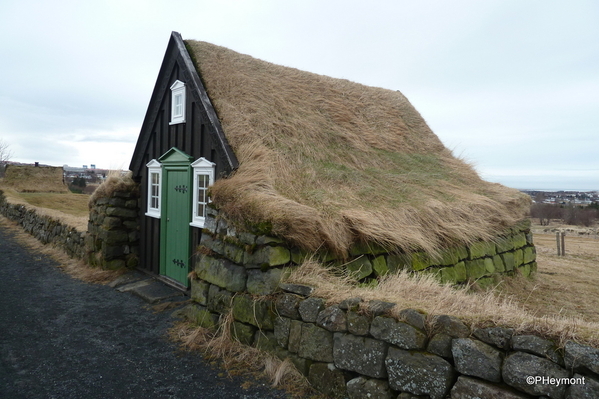
The farm, which had been in operation for a few hundred years, was abandoned in the early 1950s, just as a number of historically-minded people became concerned that as Reykjavik grew (it's home now to two-thirds of the population) that all trace of 'old ways' would be lost. They founded a historical society and worked toward collecting artifacts and starting a museum.
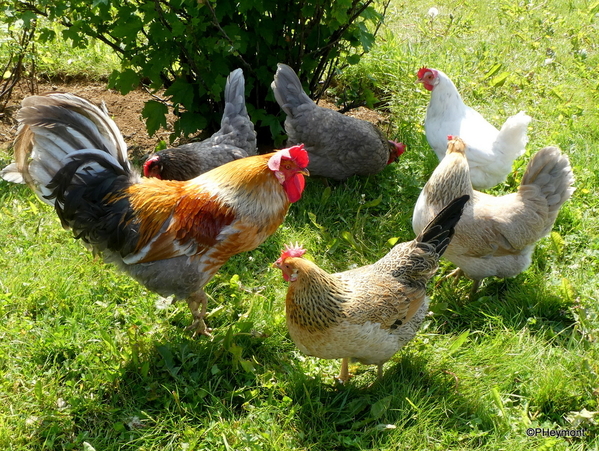
In 1957, the city agreed to buy the abandoned farm and turn it over to become an open-air museum, not just of its own farm life, but of 19th and early 20th century Reykjavik. The twenty or so buildings arranged as a village and town square are mostly older buildings moved over the next few years from central Reykjavik.
Two ironies: At the time the museum opened, many people could visit places that they had lived in, shopped in, gone to school in just a few short years before; the museum's period is so close that there are still many around who have visited their old haunts. Irony number two: Arbaer is now surrounded by a Reykjavik neighborhood that has taken its name.
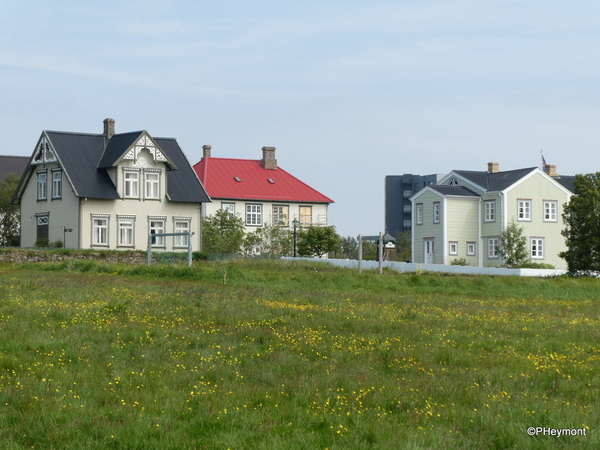
I first visited Arbaer a few years ago, in winter, when it was closed except for a once-a-day walkthrough with a ranger and no access to the buildings; it piqued my interest enough to put it high on the list for my visit this year.
It's very clearly a popular spot with school trips and family groups, and one of the larger buildings, originally Iceland's first Catholic church after the Reformation, is organized around children's activities and hands-on play.
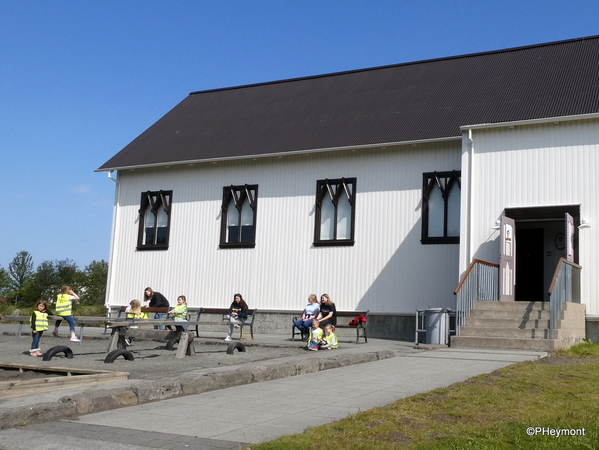
The plain building was actually built in Norway in 1897, and then shipped in parts to be assembled in Iceland. When Reykjavik's Catholics built a stone cathedral in 1929 to replace it, the old church was moved blocks away to become a gym. In 2004 it arrived at Arbaer to be assembled a third time.
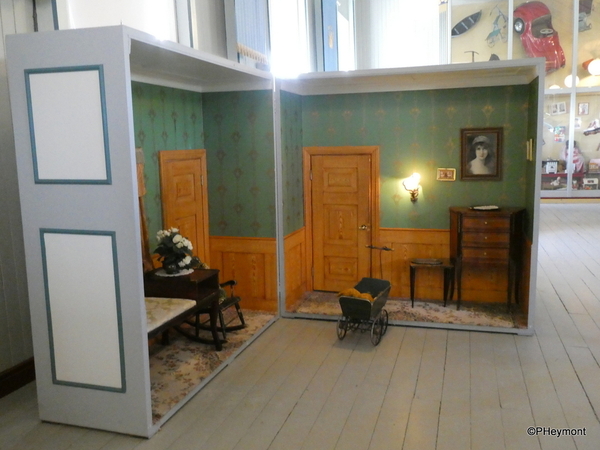
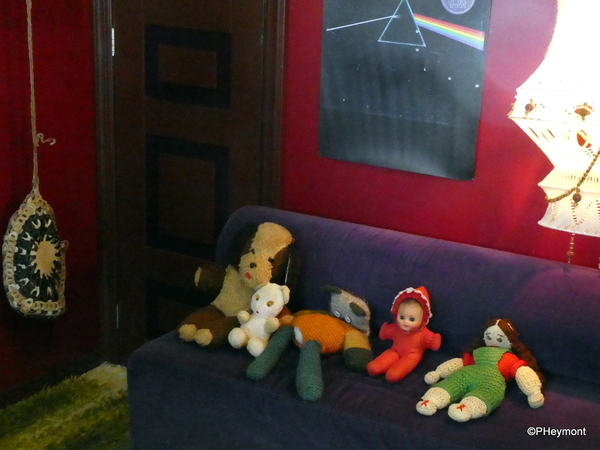
Iceland's first mental hospital built this house in 1907 to house Iceland's first psychiatrist and his staff. It arrived at the museum in 1978 and is used as the museum's administrative offices.
Reykjavik's older buildings are often covered in corrugated sheetmetal, or more recently vinyl that imitates it. Underneath, two kinds of construction are common: wood frame, like this 1833 house from Sudurgata in Reykjavik, and 'half-stone' houses that have two stone walls with a roof and end walls of other materials. like the green-doored cottage near the top. Over the years some have been covered so their structure is no longer clear.
The Sudurgata house is set up as the home of two Reykjavik families around 1925; one family is prosperous and their space has comfortable furnishings and mod cons including an indoor lavatory; the other family, presented as renters, is headed by a widow who has more spartan conditions and takes in sewing to make ends meet.
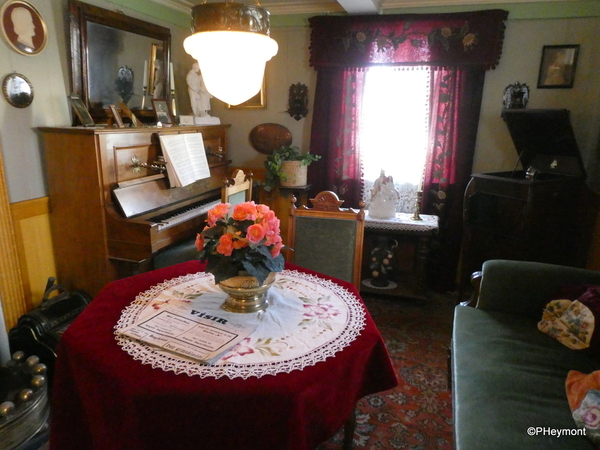
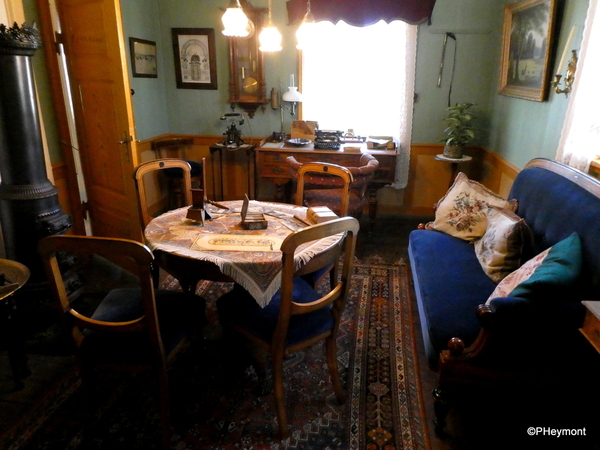
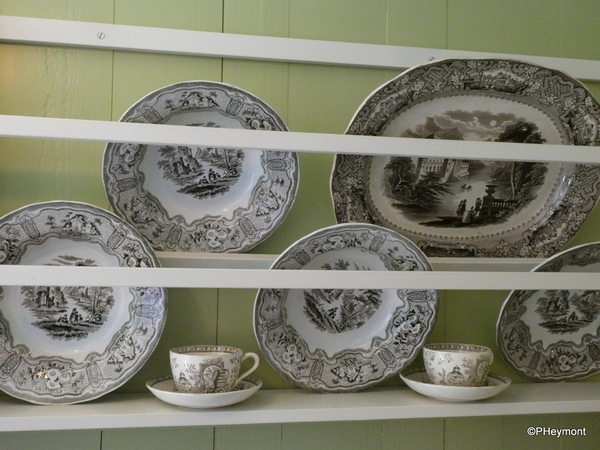
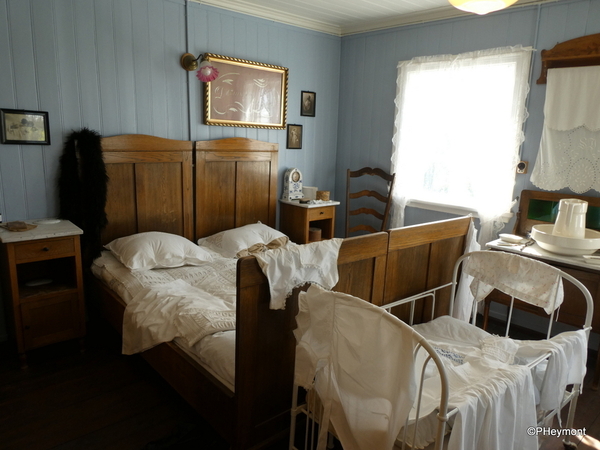
Just down the hall, things are not so fine, but neither are they as grim as we will see later in laborers' and farmworkers' cottages.
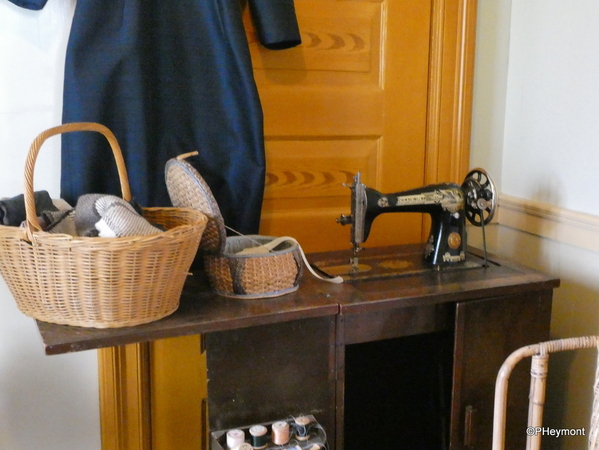
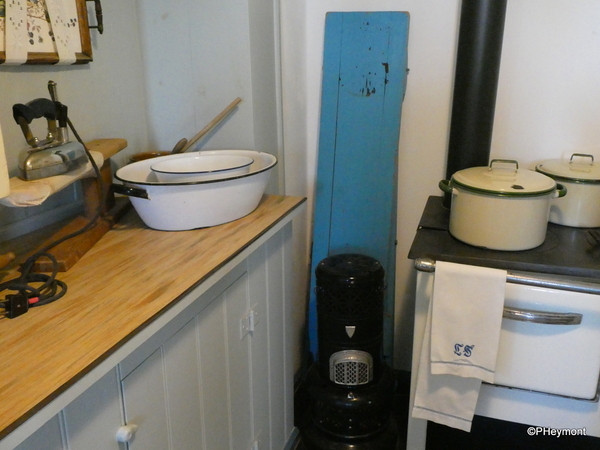
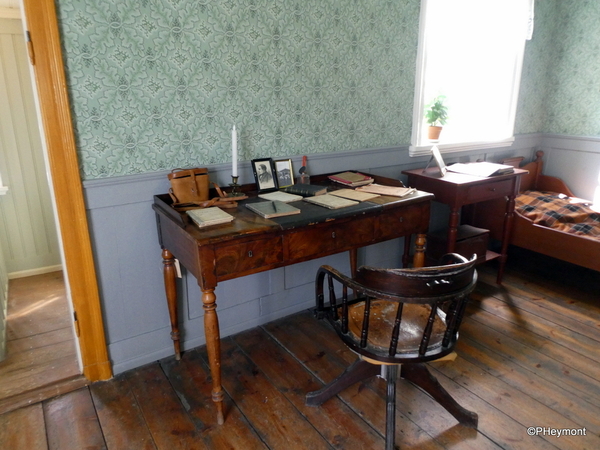
One truly unusual artifact left casually on the desk above: An Icelandic textbook for learning Esperanto! A more universal movement than we sometimes think! Just near it, a quite unfamiliar and complex-looking telephone.
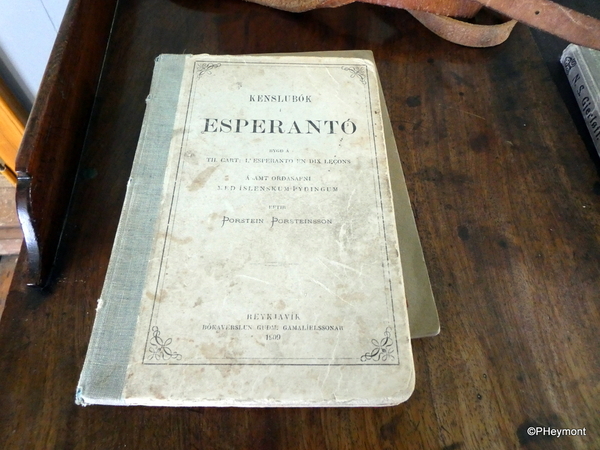
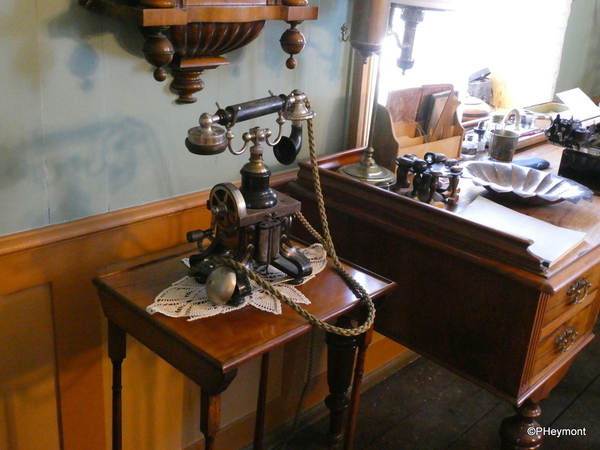
This building, which at various times was a bishop's residence and retail store, houses an exhibit on Consumption. No, not what I thought at first, tuberculosis, but an attempt to show the ways in which Icelanders, and Reykjavik residents in particular had their buying and using habits changed over the course of the 20th century by technical advances, government action, war and more.
A more humble home, built in 1883 by a local laborer on a hill in the city. Landless laborers worked by the day on fishing boats, farms or unskilled labor in the city. The house was likely built of available scrap wood, with spaces between boards filled with stones and plaster. It arrived at Arbaer in 1967.
This house, and others like it, were often occupied by two families, with one on the upper loft floor. According to records, at one point, a family with one child lived above with a family with five children lived below. There would have been little furniture, and beds would be made up on the floor each night.d
Trades and occupations are shown, too. Some are in specialized buildings, such as the smithy, and some in homes where artisans might have worked rather than in dedicated premises. The smithy is unusual; it was built as a copy of others, rather than being moved. Below it, the workshop of a shoemaker.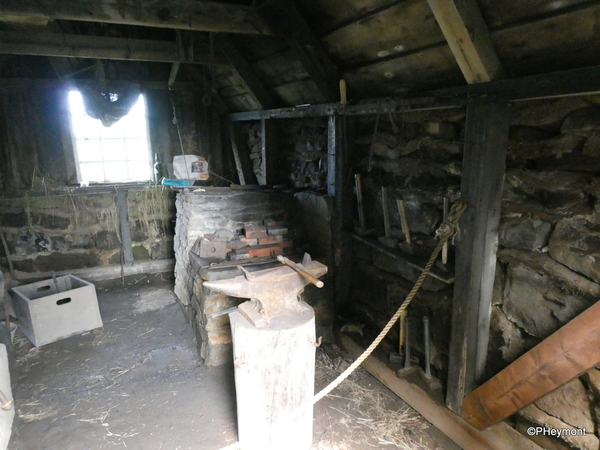
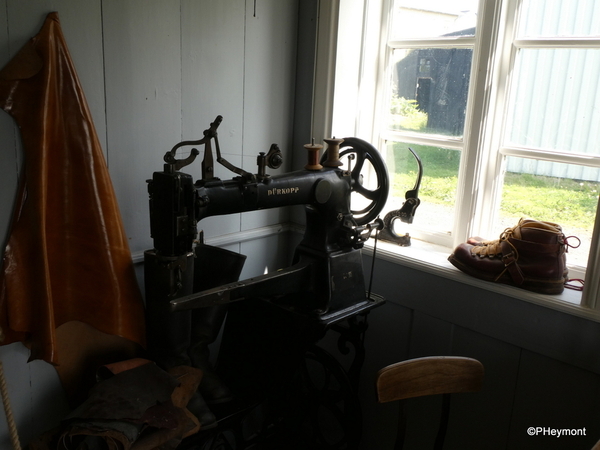
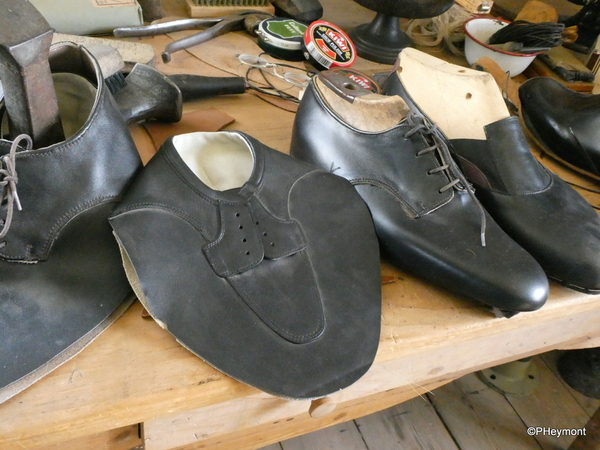
If this has all seemed a bit impersonal so far, let's take a brief stop for a love story. In the 1830s, the Anglo-Irish Viscount Arthur Dillon came to Ireland, and fell in love with an Icelandic woman, Sire Otteson. He hoped to marry her, but the Danish authorities who ruled Iceland banned the marriage because Dillon was Catholic.
Forced to leave, he built her a home for her and their daughter, which she operated for many years as a restaurant, event venue and lodging house. It remained on a main shopping street, Laugavegur, until 1961. He also left her a large fortune, over £2000, but the will was only discovered in the 1930s, after he and they were dead.
These days, Dillonshus, as it was called, is the Arbaer cafe, and its place on Laugavegur is occupied by a three-story commercial building housing, among others, a coffee house named Arthur and a whiskey bard named Dillon.
No proper Icelandic village without a church, it appears, and Arbaer's, though an import from the north of the country, is consecrated and a popular location for weddings and other events.
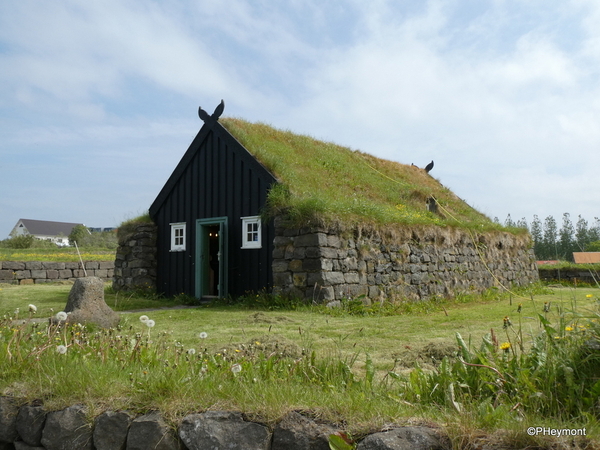
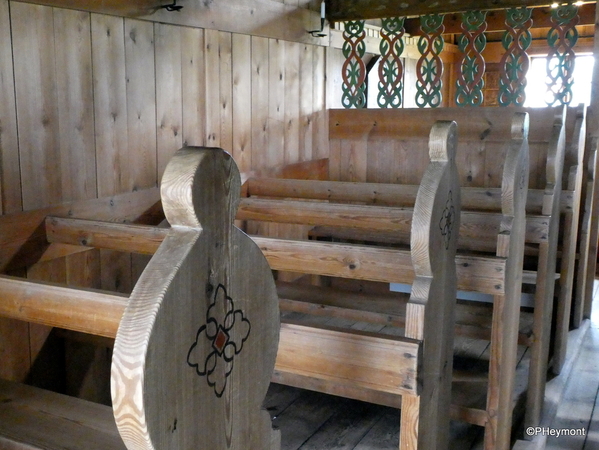
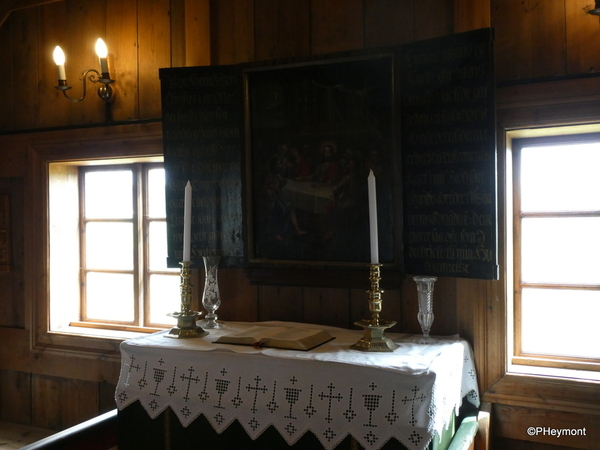
Not to forget, of course, that displaying farm life is also one of the museum's assignments. There are plots with crops growing for demonstrations and chickens and sheep and goats to be found, but alas, at present none of the shaggy Icelandic horses we saw a few years ago.
Arbaer, or Arbaerjarsafn in Icelandic, is one of several parts of the Reykjavik City Museum, which describes itself as "one museum in five unique places." The others are The Settlement Exhibition, a Museum of Photography, the Reykjavik Maritime Museum and Videy Island, a now uninhabited island just off the city with a thousand-year history of farming, fishing and more.
The Settlement Exhibition, almost dead center in Reykjavik's town center, is an underground museum of life in the area in the first hundred or so years of Icelandic settlement in the 9th and 10th centuries. It's underground because that's where excavations for a new building in 2001 found the walls and other remains of a large communal dwelling dating to about 930 AD. Worth a visit!
Congratulations to George G, who solved this week's mystery!

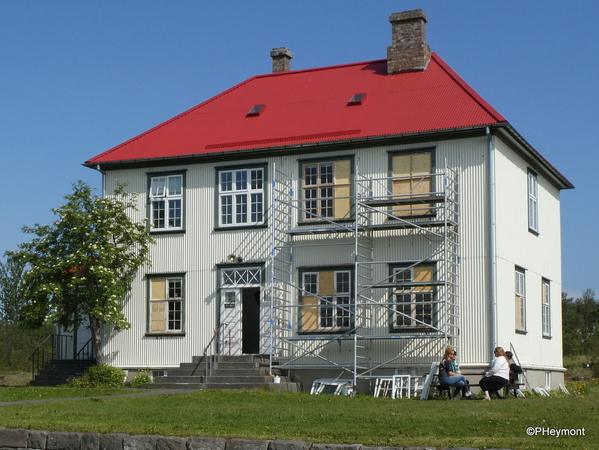
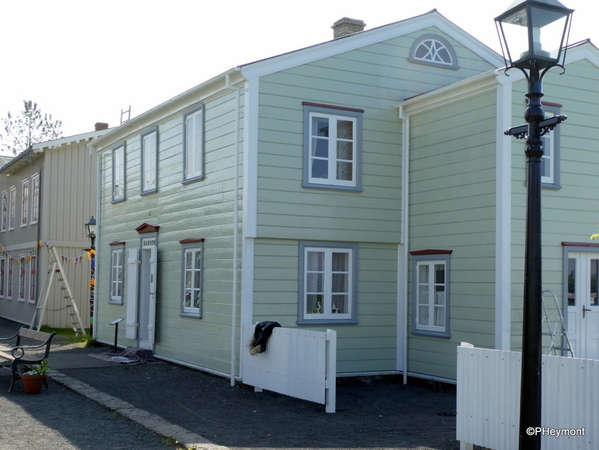
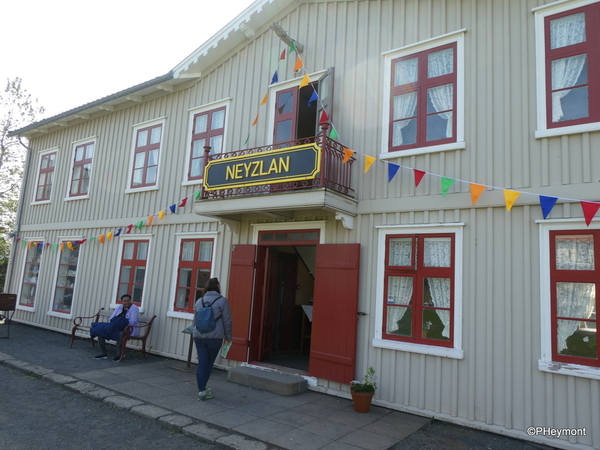
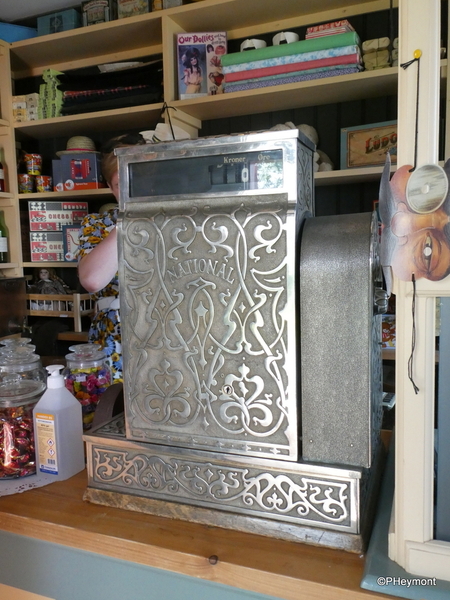
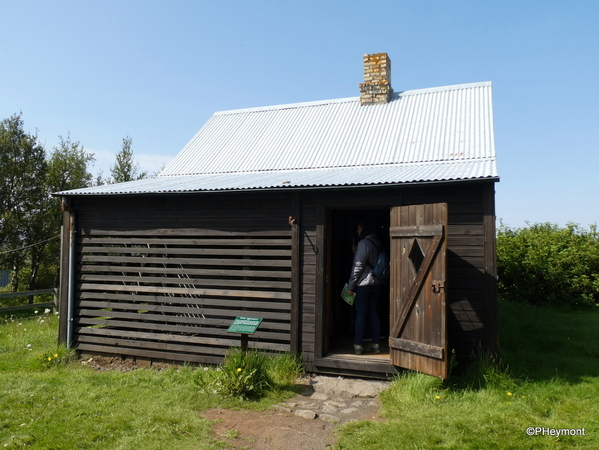
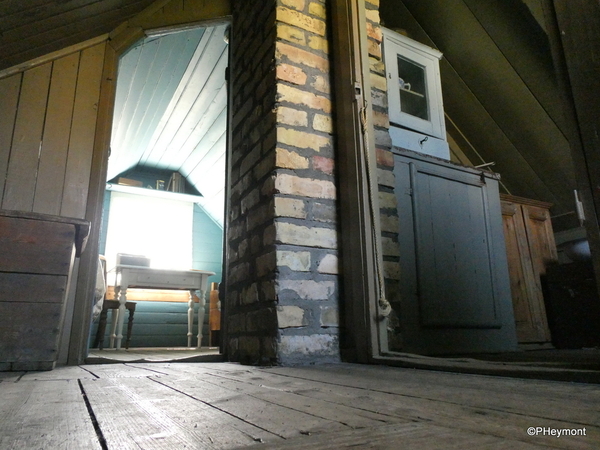
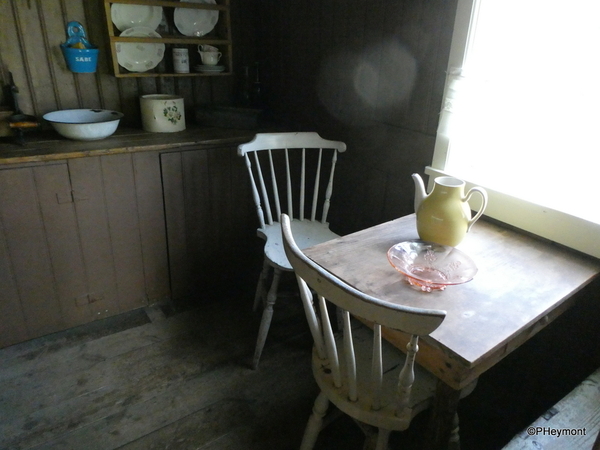
![Dillonshus-(18-09-2004)-[009]-GLH.014 Dillonshus-(18-09-2004)-[009]-GLH.014](https://www.travelgumbo.com/fileSendAction/fcType/0/fcOid/675742037405613101/filePointer/675882775205329607/fodoid/675882775205329604/imageType/MEDIUM/inlineImage/true/Dillonshus-%252818-09-2004%2529-%255B009%255D-GLH.014.jpg)
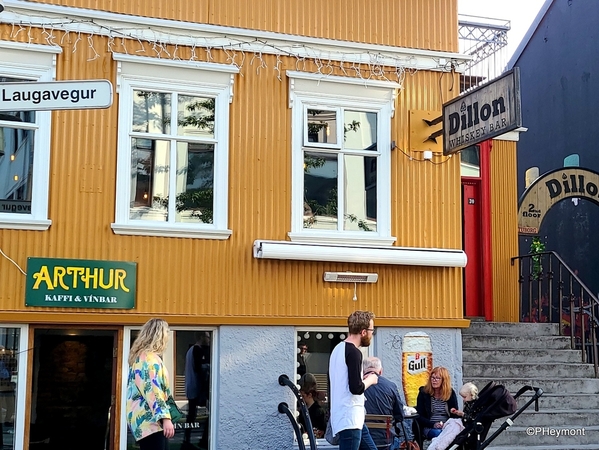
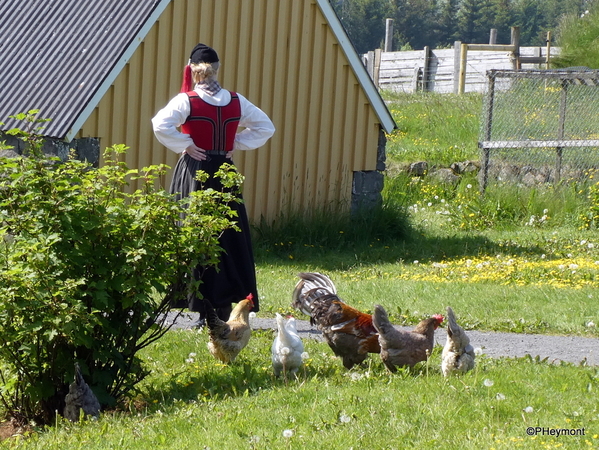
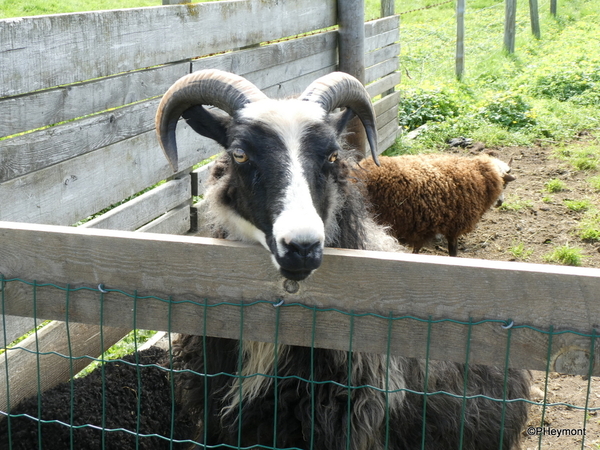
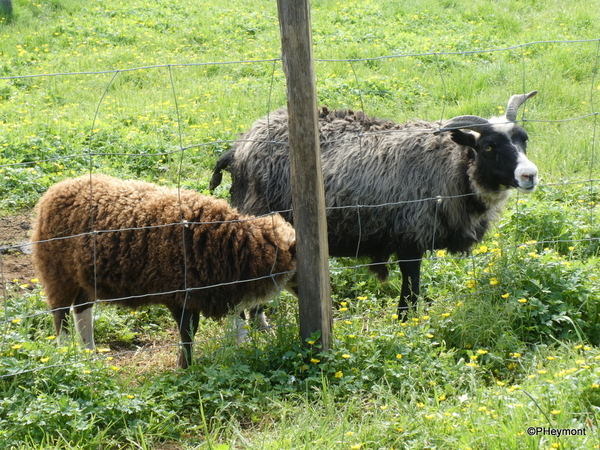
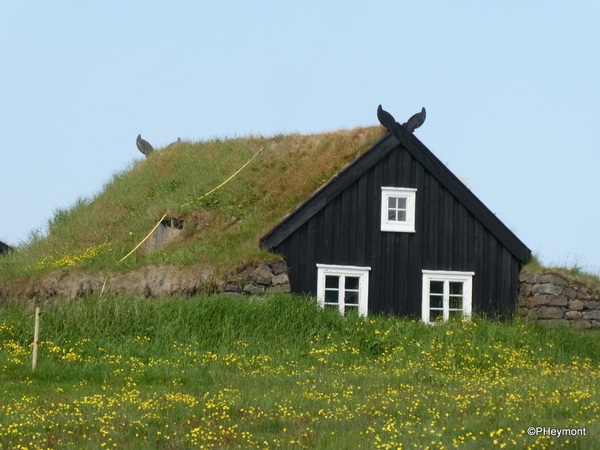
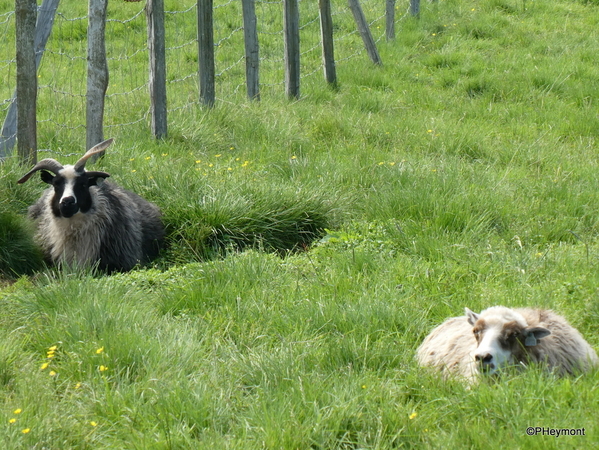
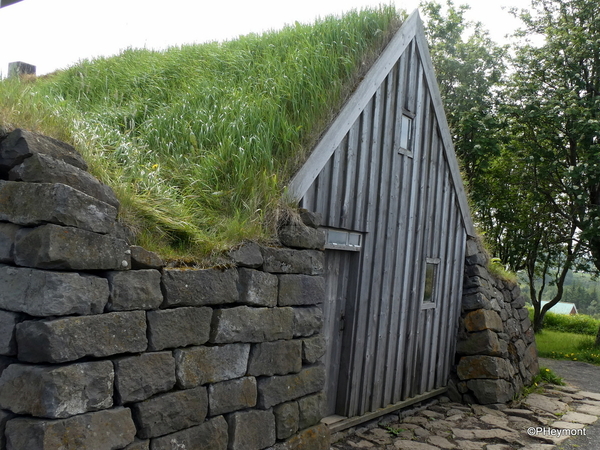


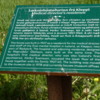

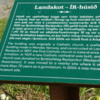


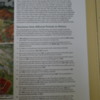
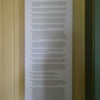
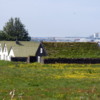

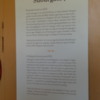









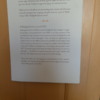

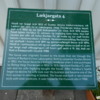

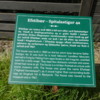

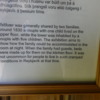




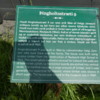








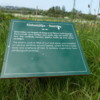


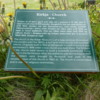


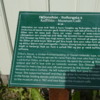

![Dillonshus-(18-09-2004)-[009]-GLH.014 Dillonshus-(18-09-2004)-[009]-GLH.014](https://www.travelgumbo.com/fileSendAction/fcType/0/fcOid/675742037405613101/filePointer/675882775205329607/fodoid/675882775205329604/imageType/SQUARE_THUMBNAIL/inlineImage/true/Dillonshus-%2818-09-2004%29-%5B009%5D-GLH.014.jpg)
Comments (0)